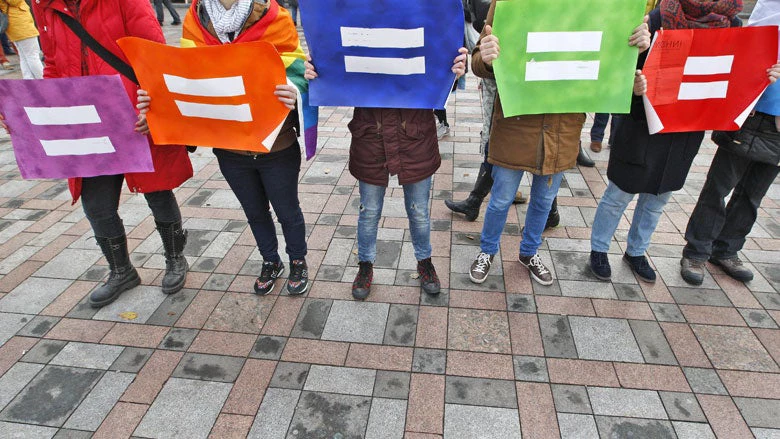
We all know, sadly, that lesbian, gay, bisexual, transgender, and intersex (LGBTI) people suffer discrimination and stigma. This happens around the world, particularly in developing countries.
But how does this discrimination affect their lives, their development outcomes?
Let’s find out.
To date, there’s been little quantitative data about the development outcomes of LGBTI people and most of that data comes from advanced economies, such the US and the EU. These studies tend to focus on urban areas, with an over-representation of gay and bi-sexual men.
The little rigorous data that is available suggest that LGBTI people are often among the most vulnerable in our society and, on average, fare worse than non-LGBTI people. Unfortunately, this data is patchy and so it is hard to say for certain. In order to draw meaningful conclusions, we need more reliable, quantitative data.
In developing countries, there’s even less data available. This makes it difficult to develop policies that can improve the welfare of LGBTI people. The invisibility of the LGBTI community in the data makes it harder to persuade policy makers that this group should be specifically included in development programs. It’s harder to target such programs to best address their needs. And it’s harder to know whether LGBTI-focused policies and programs are actually working.
But there is some hope. Quantitative data practices exist that can be drawn on to fill the gap, including household surveys, experiments, and big data analysis.
We are also filling this data gap with studies in the Western Balkans and Thailand in order to better understand the development outcomes for LGBTI people in these areas.
Furthermore, we recently published the report, Surveys, Big Data, and Experiments: How Can We Best Learn about LGBTI Development Outcomes?, to try and capture what existing efforts have already been undertaken to collect quantitative data about LGBTI people.
We offer reflections on these efforts and some guidance on how to study development outcomes for LGBTI people by paying attention to the different ways to define sexual orientation, gender identity and expression, and sex characteristics, and by collecting samples that allow conclusions to be drawn in comparison to the broader society.
The aim of this work is to stimulate and inform future efforts, so that the Bank – and other researchers and policymakers – can learn from these pioneering efforts, overcome some previous obstacles, and better understand the development outcomes of LGBTI people.
The paper addresses a few issues:
- defining LGBTI terms, and the challenges of including culturally diverse identities;
- estimating the size of the LGBTI population;
- the representativeness of samples, (including comparing outcomes to non-LGBTI populations)
- opportunities presented by big data, and;
- experimental techniques, and what they can offer.
By highlighting the specific development outcomes of LGBTI people through quantitative data, policy makers who otherwise would not have recognized LGBTI people as an area of concern might be convinced to design more inclusive development programs.
You check out the report, here: http://documents.worldbank.org/curated/en/828531501521958802/Surveys-big-data-and-experiments-how-can-we-best-learn-about-LGBTI-development-outcomes




Join the Conversation